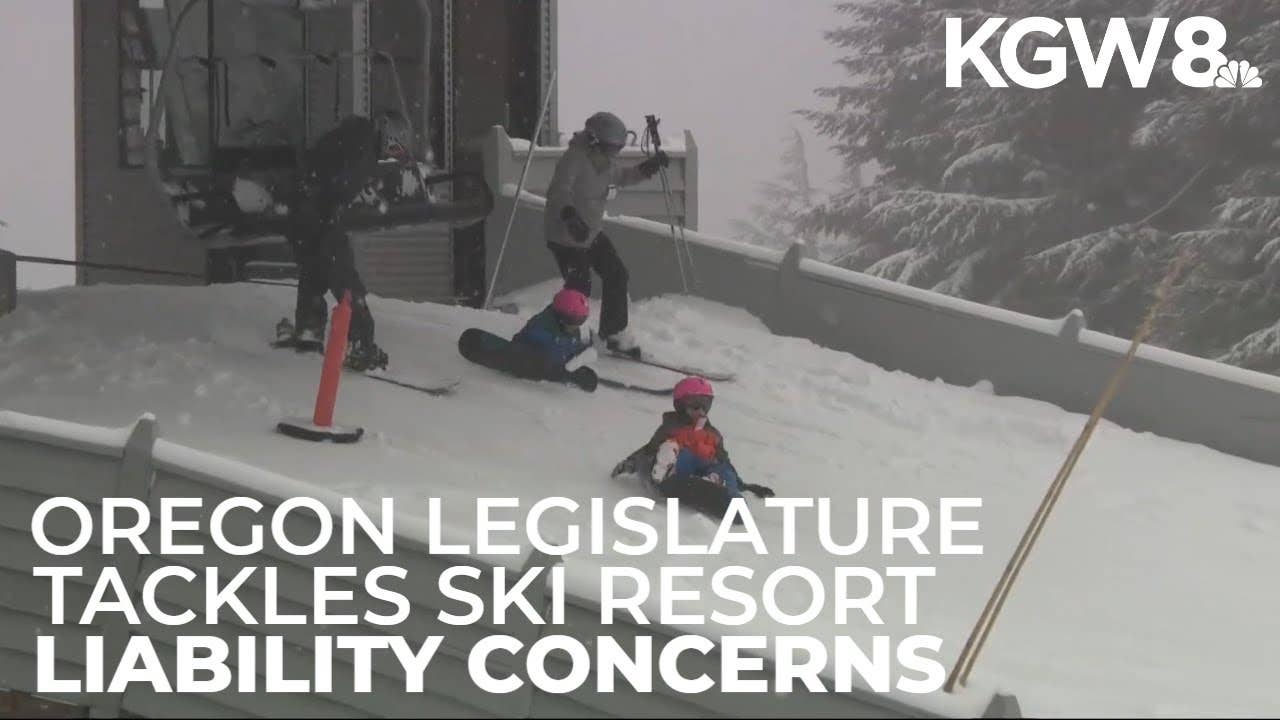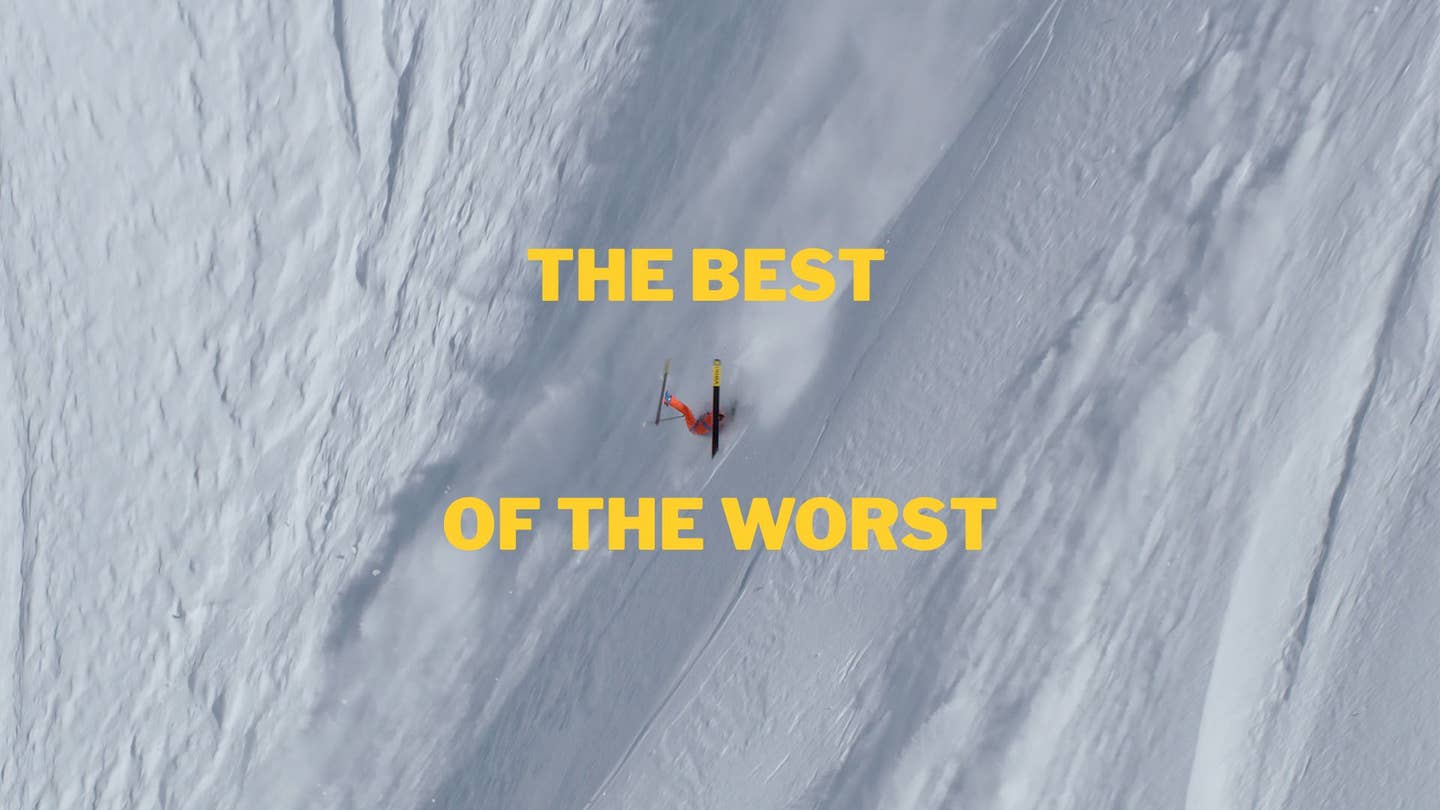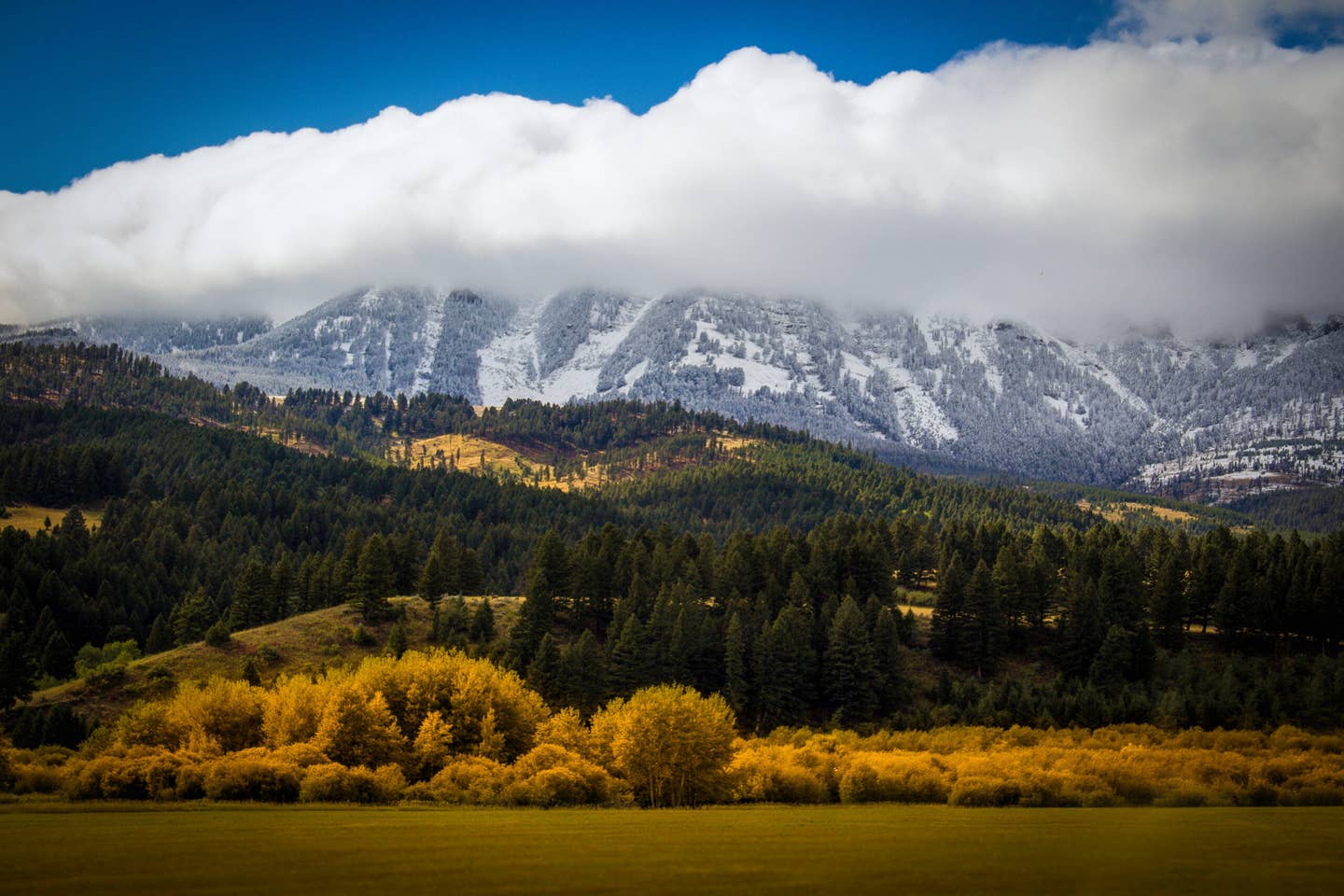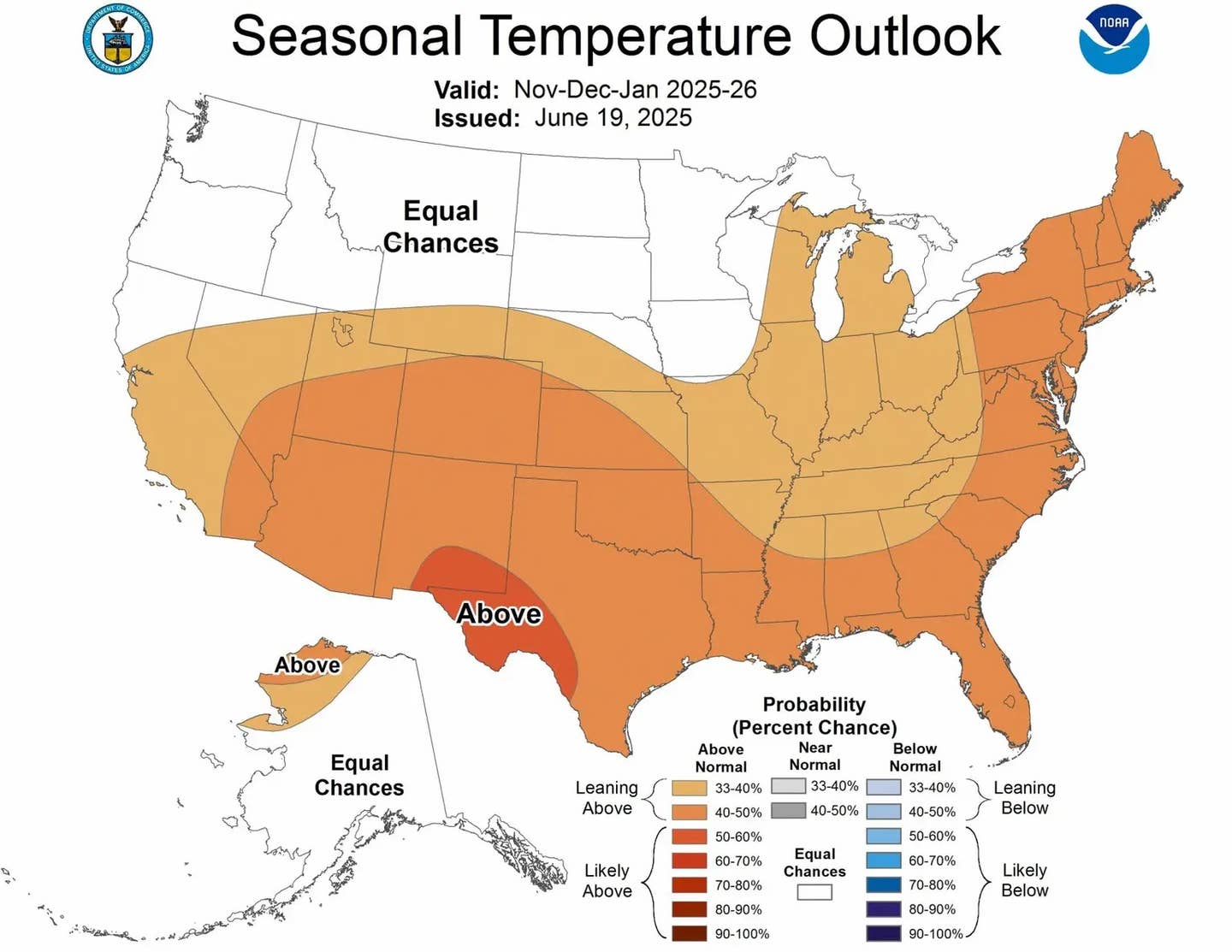

Ask AI: How to pick a new set of skis (or board)
Popular Stories

Ski season has officially arrived, which means it’s time to bust out the gear that’s been sitting quietly in the closet for the last few months. Blowing the dust bunnies off your skis or board as if they were ancient artifacts, the thought inevitably slips your mind— maybe it’s time for something new? If this drama resonates with you, fear not. You've come to the right place. With product guides galore, TGR is here to help.
But perhaps we might make the quest for the perfect board (or set of boards) a little more interesting? What does AI have to say about this age old query? I painstakingly fed the prompt to our dear friend Chat GPT. While AI may quickly be approaching world domination, for now it's still just a fun tool to play around with, especially with something as harmless as ski gear.

Here’s what our AI overlord had to say about the matter:
Choosing the right skis or snowboard involves considering several factors, including your skill level, preferred terrain, and personal preferences. Here's a guide to assist you in selecting the appropriate equipment:
**For Skis:**
1. **Ski Type:**
- Determine your skiing style and preferred terrain. Consider whether you'll be primarily skiing on groomed slopes, in powder, or venturing into the backcountry. Different skis suit different conditions.
2. **Ski Length:**
- Ski length depends on your height, weight, skiing ability, and preferred terrain. Lighter skiers or beginners might opt for shorter skis, while heavier or advanced skiers might prefer longer ones for stability and control.
3. **Ski Shape and Profile:**
- Camber and rocker profiles affect how skis perform on the snow. Camber provides stability and edge grip, while rocker enhances flotation and maneuverability, especially in powder.
4. **Width:**
- Consider the ski width (narrower for groomed runs, wider for powder) based on the terrain you'll frequent most often. Wider skis provide better flotation in soft snow, while narrower skis are more agile on hard-packed snow.
5. **Flex and Stiffness:**
- Softer flex skis are more forgiving and suitable for beginners, while stiffer skis offer better stability and responsiveness at higher speeds for advanced skiers.
6. **Bindings:**
- Ensure the bindings are compatible with your ski boots and professionally adjusted for safety.
7. **Test Before Buying:**
- Whenever possible, demo skis to find the ones that feel the most comfortable and aligned with your skiing style.
8. **Budget:**
- Set a budget and look for skis that fit within your price range while providing the features you need.
9. **Expert Advice:**
- Visit a reputable ski shop or consult with experienced skiers for recommendations tailored to your needs.

**For Snowboard:**
Sign Up For Our Newsletter
1. **Snowboard Type:**
- Determine your riding style (freestyle, freeride, all-mountain, or powder) and select a board designed for that purpose.
2. **Snowboard Length:**
- Similar to skis, snowboard length depends on your height, weight, and riding style. Longer boards offer stability, while shorter boards provide maneuverability.
3. **Shape and Profile:**
- Snowboards come in various shapes and profiles (camber, rocker, or hybrid). Each affects performance differently, offering advantages in different snow conditions and riding styles.
4. **Width:**
- Board width should match your boot size to prevent toe or heel drag.
5. **Flex and Stiffness:**
- Soft flex boards are forgiving and better for beginners, while stiffer boards offer more stability and control for advanced riders.
6. **Bindings:**
- Choose bindings that match your riding style and are compatible with your boots.
7. **Test Before Buying:**
- Demo different snowboards to find the one that feels the most comfortable and suits your riding style.
8. **Budget:**
- Set a budget and look for snowboards within that range that offer the features you need.
9. **Expert Advice:**
- Seek advice from experienced snowboarders or visit a reputable snowboard shop for personalized recommendations.
Remember, your personal preferences and comfort level are crucial in choosing the right ski or snowboard. Taking the time to research, test equipment, and seek expert advice will help you make an informed decision and ensure an enjoyable riding experience.
What do you think about these suggestions? As a set of general guidelines, Chat GPT doesn’t offer terrible advice. These ideas serve as a good place to start, especially if you are new to what can be a very overwhelming process of buying ski and snowboard gear. With these tenants in mind, one can head into their local ski shop with at lease some degree of knowledge about what makes one stick different from the next. Good luck to those who are in the painstaking process of finding new gear. TGR is here to help!
We love it when our community helps us source the sickest, most hilarious or irreverent stories and videos out there. Whether it’s your own POV or something you and your BFF put together, TGR wants to see it. Follow us on Instagram and share your vids via DM or email social@tetongravity.com.
Subscribe to TGR’s YouTube Channel for all the outdoor action you can consume. Stay connected with our weekly newsletter where we share all the stoke and latest happenings in action sports and outdoor adventure.



